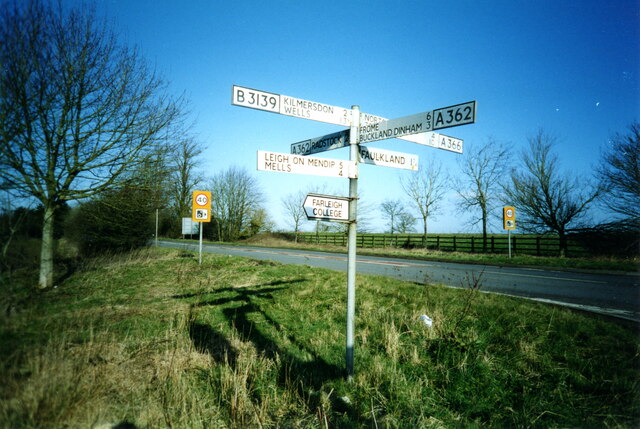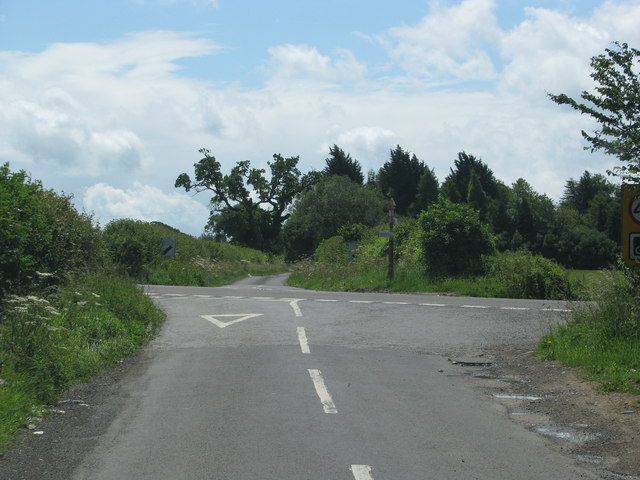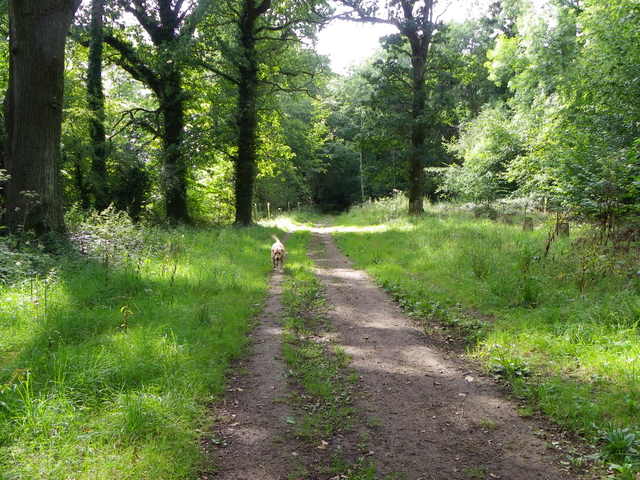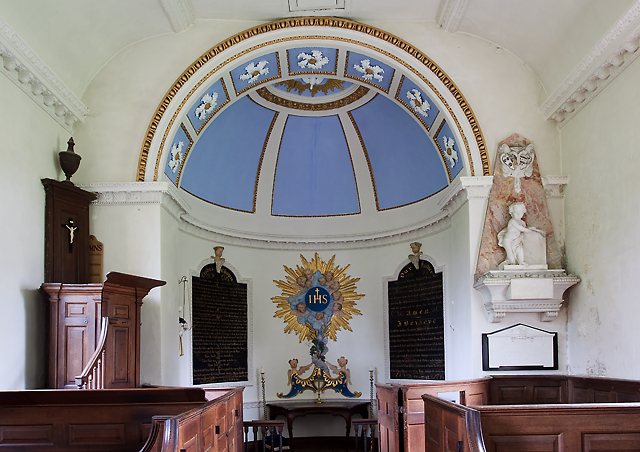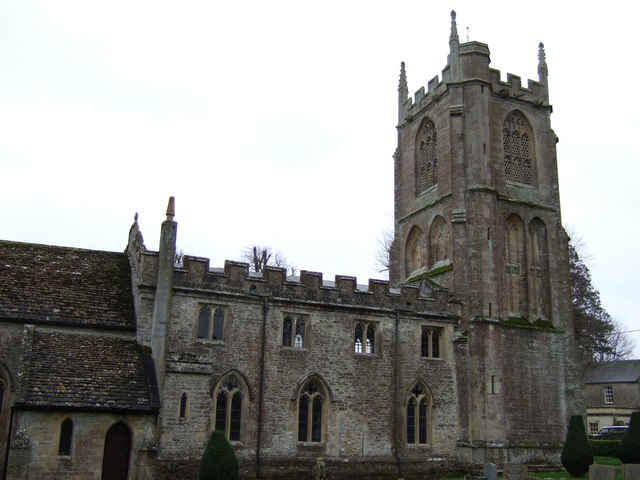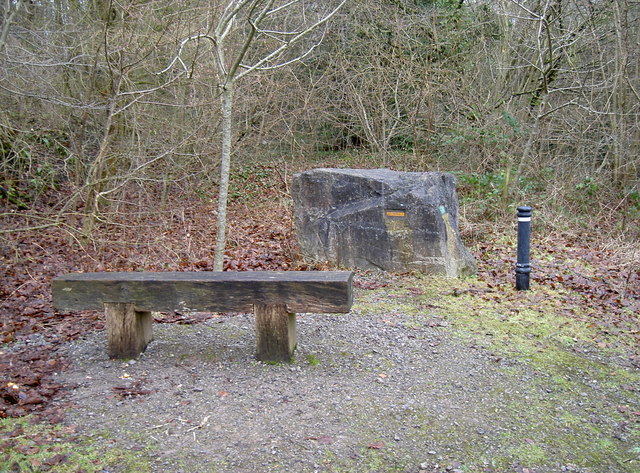Bath Wood Plantation
Wood, Forest in Somerset Mendip
England
Bath Wood Plantation

Bath Wood Plantation is a picturesque forest located in Somerset, England. Situated near the historic city of Bath, the woodland covers an area of approximately 500 acres and is a popular destination for nature lovers and outdoor enthusiasts.
The plantation is predominantly made up of broadleaf trees, including oak, beech, and ash, which create a diverse and vibrant ecosystem. The forest floor is rich in flora, with bluebells, wild garlic, and foxgloves adding bursts of color throughout the seasons.
Bath Wood Plantation boasts several well-maintained walking trails, allowing visitors to explore the woodland at their own pace. These trails range in difficulty, catering to both casual strollers and more adventurous hikers. Along the way, visitors may encounter various wildlife species, such as deer, foxes, and a wide variety of birdlife, making it a haven for birdwatching enthusiasts.
In addition to its natural beauty, Bath Wood Plantation also holds historical significance. The woodland was once part of the ancient forest of Selwood, which played a crucial role in the region's history, providing timber for shipbuilding and fuel for local industries.
Today, Bath Wood Plantation offers a tranquil escape from the hustle and bustle of city life. Whether visitors are seeking a peaceful stroll, an opportunity to connect with nature, or a chance to delve into the area's rich history, this picturesque forest has something to offer for everyone.
If you have any feedback on the listing, please let us know in the comments section below.
Bath Wood Plantation Images
Images are sourced within 2km of 51.270587/-2.4056549 or Grid Reference ST7152. Thanks to Geograph Open Source API. All images are credited.
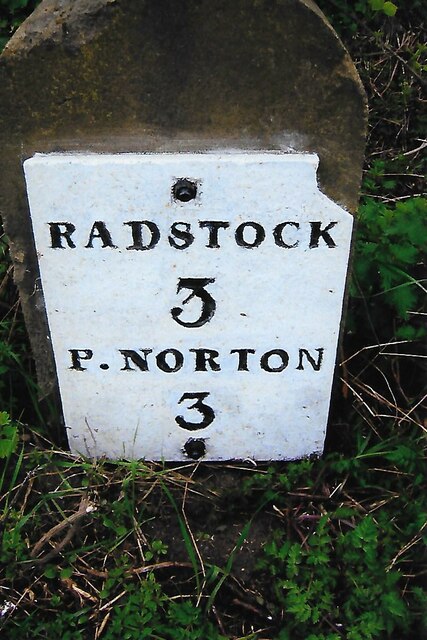
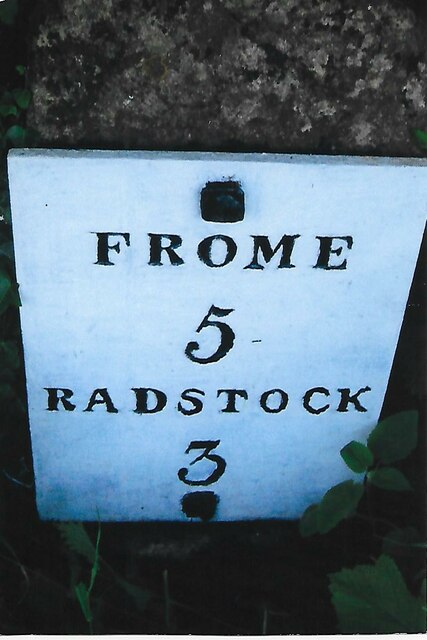
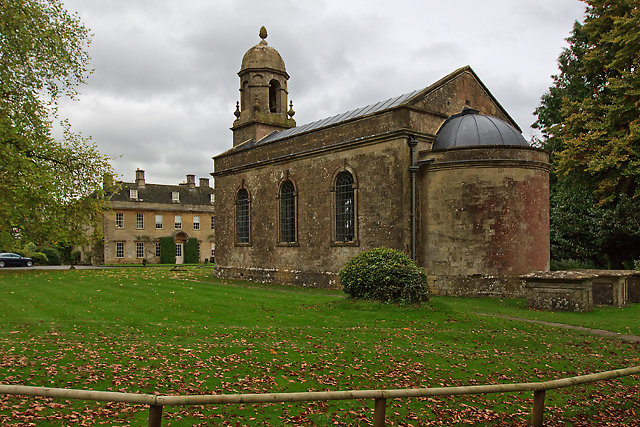

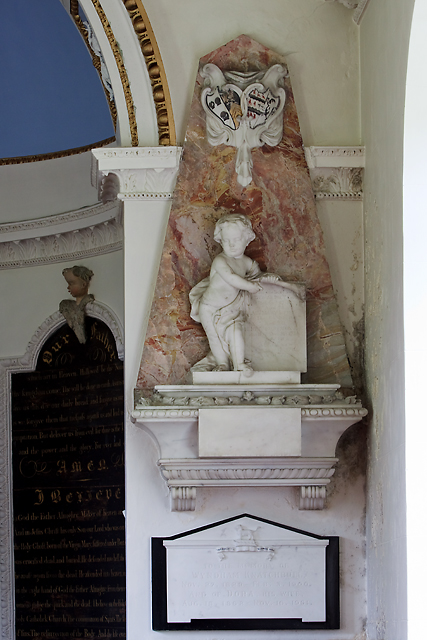
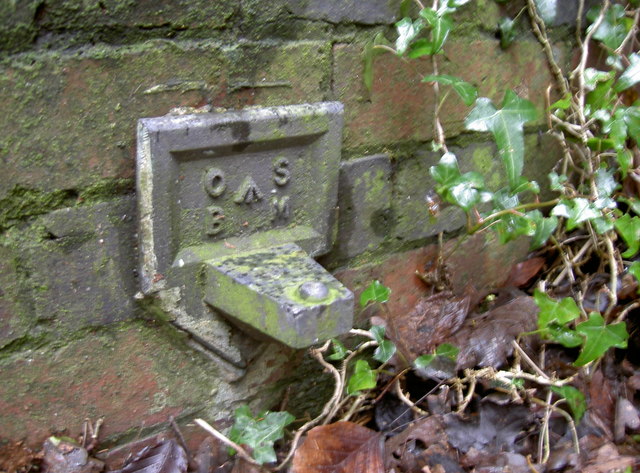
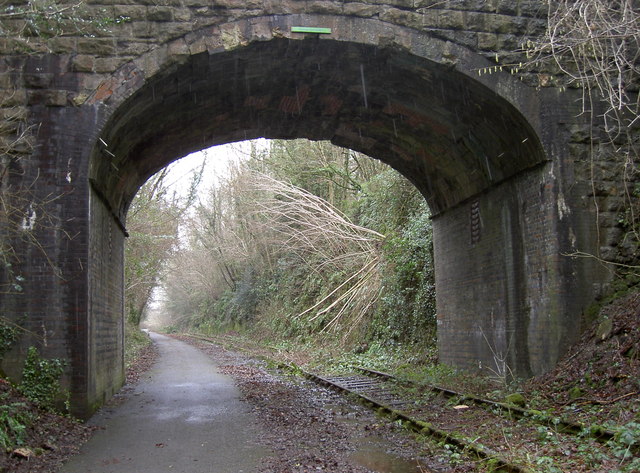
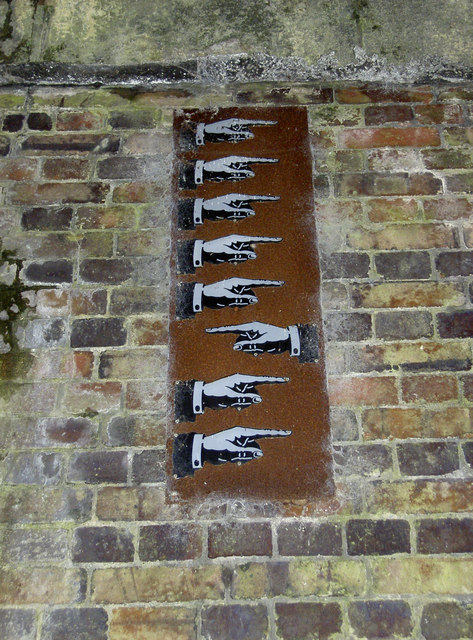
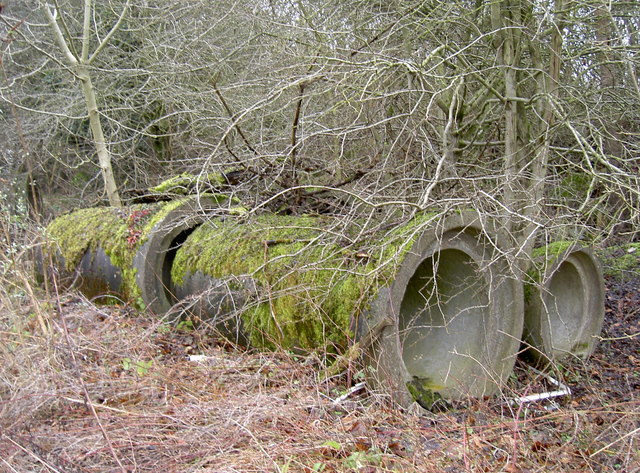
Bath Wood Plantation is located at Grid Ref: ST7152 (Lat: 51.270587, Lng: -2.4056549)
Administrative County: Somerset
District: Mendip
Police Authority: Avon and Somerset
What 3 Words
///marketing.bless.trusts. Near Radstock, Somerset
Nearby Locations
Related Wikis
Ammerdown House, Kilmersdon
Ammerdown House in Kilmersdon, Somerset, England, was built in 1788. It has been designated as Grade I listed building.It was built as a country house...
Kingsdown Camp
Kingsdown Camp is an Iron Age hillfort at Buckland Dinham 4.5 kilometres (3 mi) South East of Radstock, Somerset, England. It is a Scheduled Monument.It...
St Mary's Church, Hemington
St. Mary's Hemington is an Anglican church in Hemington, Somerset, England. The Norman church underwent major renovation in the 14th, 15th, 17th and 19th...
Hemington, Somerset
Hemington is a village and civil parish 5.5 miles (8.9 km) north west of Frome, in the Mendip district of Somerset, England. It is located just off the...
Mells Road railway station
Mells Road railway station served the village of Mells, Somerset, England from 1875 to 1959 linking Radstock to Frome, Somerset on the Heart of Wessex...
Babington, Somerset
Babington is a small village between Radstock and Frome, Somerset, England, which has now largely disappeared. == History == In 1233 or 1234 much of the...
Babington House
Babington House is a Grade II* listed manor house, located in the village of Babington, between Radstock and Frome, in the county of Somerset, England...
Kilmersdon
Kilmersdon is a village and civil parish on the north eastern slopes of the Mendip Hills in Somerset between the towns of Radstock and Frome. It is located...
Nearby Amenities
Located within 500m of 51.270587,-2.4056549Have you been to Bath Wood Plantation?
Leave your review of Bath Wood Plantation below (or comments, questions and feedback).
